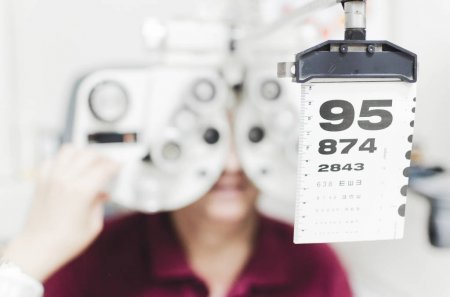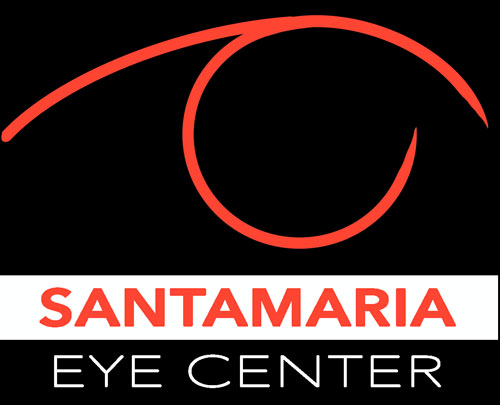The LASIK Difference
For over 25 years, doctors placed incisions in the cornea to treat nearsightedness, farsightedness, and astigmatism. In the early 1980s, they began looking at lasers to improve the precision and predictability of altering the shape of the cornea. Researchers found that the Excimer laser could remove tissue with up to 0.25 microns of accuracy. Now, in its second decade of use, the technologically-advanced Excimer laser has added a tremendous amount of precision, control, and safety to the surgical correction of vision errors. Using this remarkable technology, the cornea is reshaped to conform to your glasses or contact lens prescription, thereby reducing or even eliminating a lifetime of dependence on corrective lenses for hundreds of thousands of Americans every year.
LASIK, or Laser in-Situ Keratomileusis, offers a number of benefits over other forms of laser vision correction because it is performed under a protective layer of corneal tissue. As a result, there is less surface area to heal, less risk of scarring, less risk of corneal haze, less postoperative discomfort, postoperative need for medications, and vision returns more rapidly, often within a day or so. LASIK can also treat a higher range of vision errors. Although postoperative results vary, most patients are able to pass a drivers license test without their glasses or contact lenses.
BOOK APPOINTMENT
CUSTOMER REVIEWS
Dr. Santamaria was very patient and comforting during the entire process. I was reassured multiple times that my eyes were healthy enough for LASIK. During the procedure, he and his assistant made sure I was comfortable and made the process painless. I have had no issues since the surgery and wouldn't think twice about recommending Dr. Santamaria!
Suvojit C.
I couldn't be happier with the results. Many thanks to Dr. Santamaria and his staff.
Michael B.
Patient Education

Are You A Candidate |

The LASIK Evaluation |

Refractive Errors |

The LASIK Procedure |

Frequently Asked Questions |
